In the food chain of nature, some animals are called "animal killers" because of their deadly abilities and influence. These creatures not only rely on sharp teeth and claws and strong physical strength to conquer their prey, but some also cause great lethality through tiny pathogens. From the jungles of Africa to the rainforests of South America to the vast oceans, they are everywhere and lurking in every corner. Today, we will unveil the mystery of these most deadly creatures in nature, explore why they have become the world's top ten animal killers, and their profound impact on ecosystems and humans. This is a story about survival, predation and evolution, and each species shows its unique lethality. Get ready to embark on this thrilling journey and learn about these true top predators.
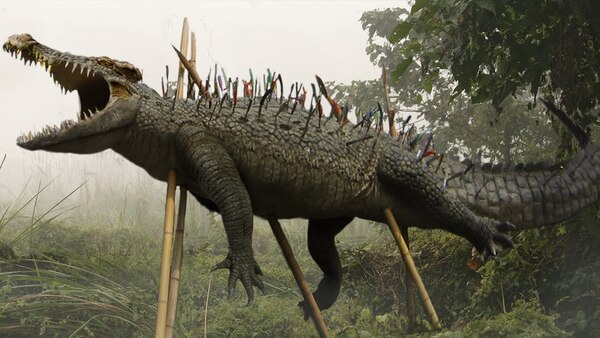
1. Mosquitoes
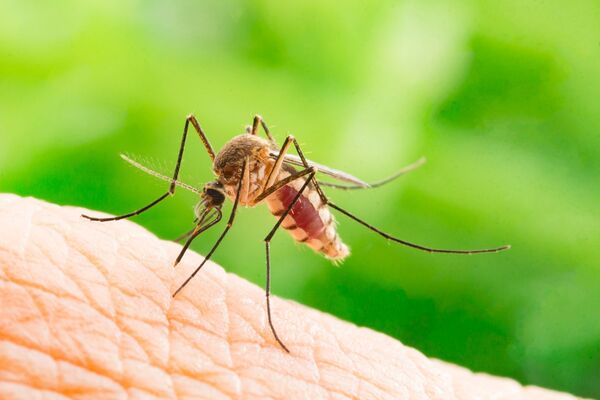
Mosquitoes are called "animal killers" because they cause a large number of human deaths every year by spreading deadly diseases. The main diseases transmitted by mosquitoes include malaria, dengue fever, yellow fever, Zika virus and West Nile virus. These diseases not only cause high mortality, but also have a huge impact on global public health and economy.
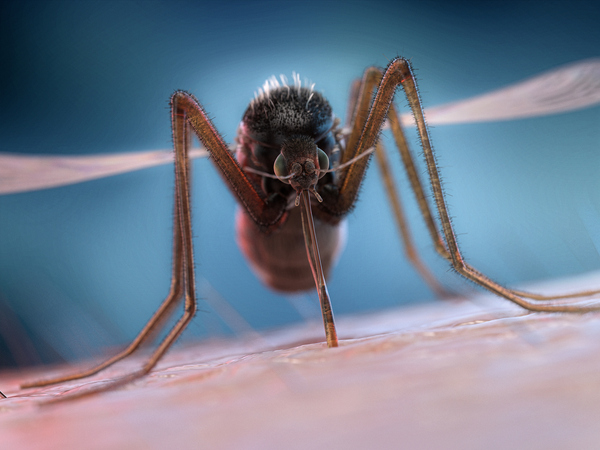
According to the World Health Organization (WHO), about 700,000 people die from mosquito-borne diseases each year, of which malaria is the main cause of death. The harm of mosquito-borne diseases can be effectively reduced through personal protection, environmental control, public health measures and scientific research.
2. Indian Cobra
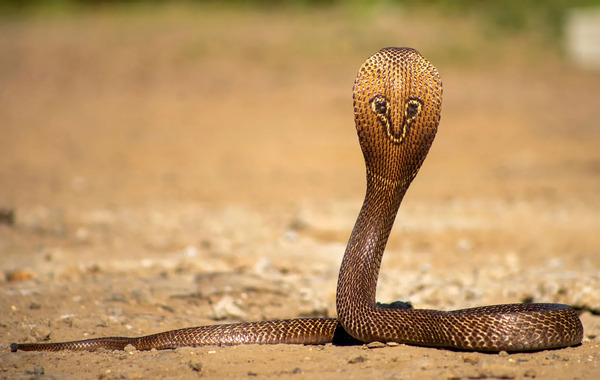
The Indian cobra is called an "animal killer" mainly because of its high toxicity, wide distribution and aggressive behavior. The venom of the Indian cobra can be fatal even in small doses. The venom injected in a bite is enough to kill an adult in a short time.
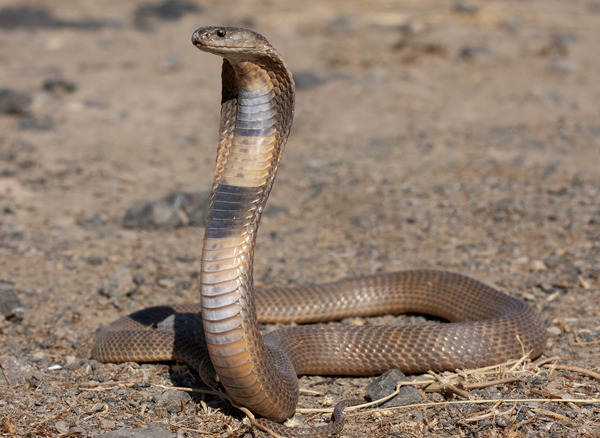
These characteristics make them a major threat to humans and other animals, especially in areas with limited resources and inadequate medical facilities. Understanding and respecting this deadly creature is essential to reducing snake bites and protecting the balance of the ecosystem.
3. Australian box jellyfish
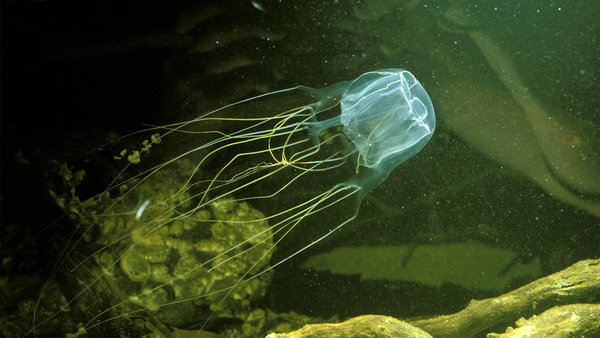
The Australian box jellyfish is called an "animal killer" mainly due to its highly lethal toxicity, rapid lethal effect, and wide distribution. The venom of the Australian box jellyfish contains a variety of deadly toxins, and even a small amount of venom is enough to kill in a short time. The venom of an adult box jellyfish can kill up to 60 adults. Severe poisoning can even lead to death within minutes.
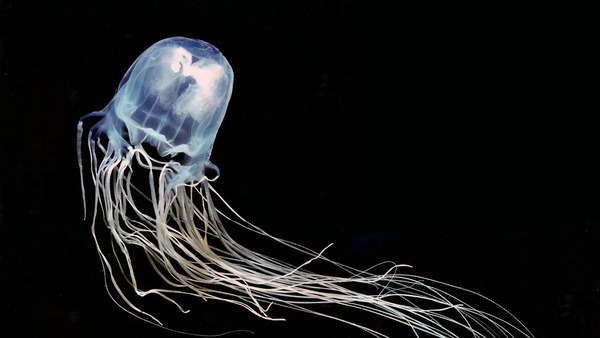
They pose a major threat to humans and other marine life, and human deaths caused by box jellyfish stings are reported every year, especially in coastal areas of Australia. Due to the rapid lethal effect of its venom, the time window for first aid and medical intervention is very short.
4. White Shark
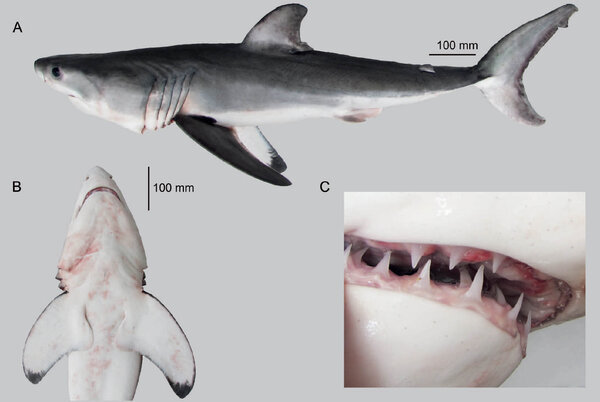
The white shark is one of the most famous and threatening sharks in the world. The reason why it is called an "animal killer" mainly involves its hunting skills, huge size and powerful bite force, as well as the potential danger to humans. Adult white sharks are usually 4.5 to 6 meters long and can weigh more than 1,000 kilograms. This huge size makes it the top predator in the ocean.
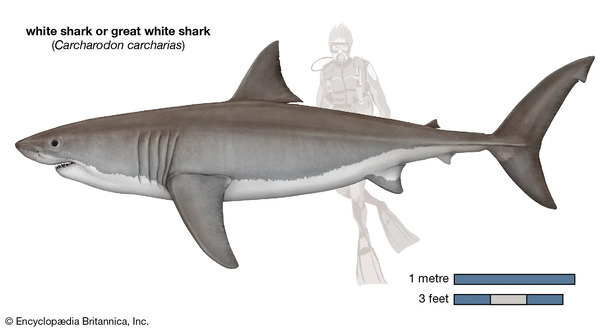
The white shark has powerful muscles and tails that can swim quickly and generate huge thrust, helping them to quickly approach prey and attack. The white shark is the species with the most recorded attacks on humans among all sharks. Although most attacks are not intentionally aimed at humans, due to the great strength and bite force of the white shark, serious injuries or even death are often caused.
5. African lion
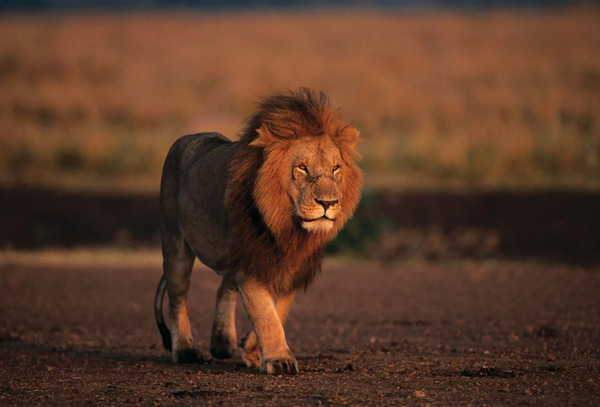
African lions are at the top of the food chain and have almost no natural enemies. Their existence is essential to maintaining the balance and health of the ecosystem. Adult male lions usually weigh 150-250 kg, and female lions weigh 120-182 kg. Their teeth and claws are very sharp, suitable for tearing and biting prey. Lions are good at ambushing and surrounding prey, using speed and strength to quickly subdue prey. They usually suffocate prey by biting the throat or nose of the prey.
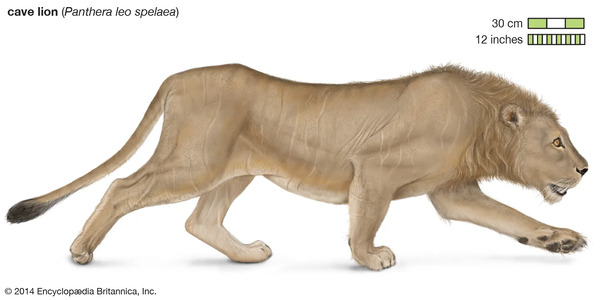
There are many records of lions attacking humans in history, such as the famous "Tsavo Man-eating Lion" incident, in which two lions killed a large number of workers near Tsavo National Park in Kenya.
6. Saltwater Crocodile
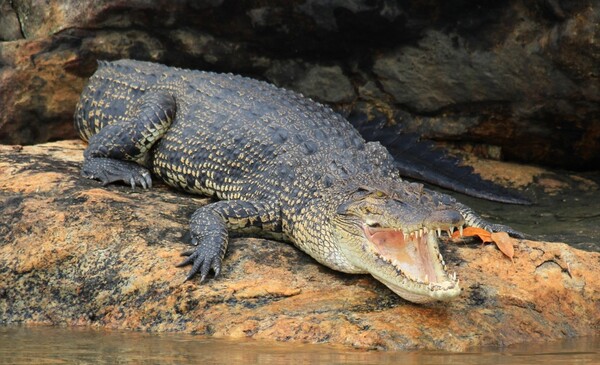
Saltwater Crocodile is the largest crocodile in existence, with adult individuals usually 4.3 to 7 meters long and weighing more than 1,000 kilograms. The largest recorded individual is even close to 9 meters and weighs 2,000 kilograms. Saltwater Crocodile has the strongest bite force of all animals, and measurements show that its bite force can reach 16,000 Newtons. This powerful bite force allows Saltwater Crocodile to easily bite bones and turtle shells. Saltwater crocodiles have relatively more attacks on humans, especially near their habitats (such as Australia, Southeast Asia, and the Indian subcontinent).
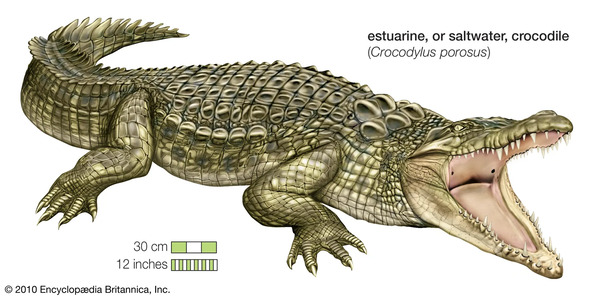
These attacks usually occur near water sources. Due to its strong strength and bite force, attacks by saltwater crocodiles often result in serious injuries or even death. Every year, there are reports of saltwater crocodiles attacking and killing humans.
7. Elephant

Elephants are the largest mammals on land. African elephants can weigh 6,000 to 7,500 kilograms and can be 3 to 4 meters tall. Indian elephants are slightly smaller, but also very large. Elephants are very powerful and can easily knock down trees, tear thick bark, pierce objects with their tusks, and even lift or push over cars.
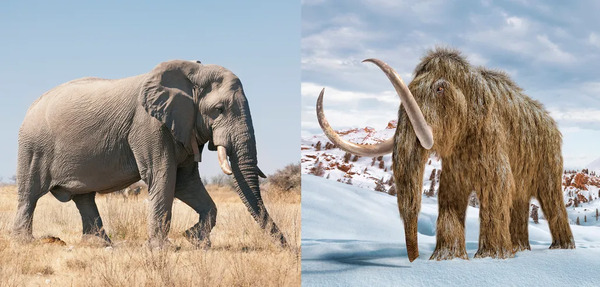
The reason why elephants are called "animal killers" is mainly due to their huge size and strength, as well as the aggressiveness they show in certain situations. Although elephants are generally gentle herbivores, they pose a threat to other animals and humans when they feel threatened, protect their territory, protect their young, or experience extreme stress reactions.
8. Polar bears
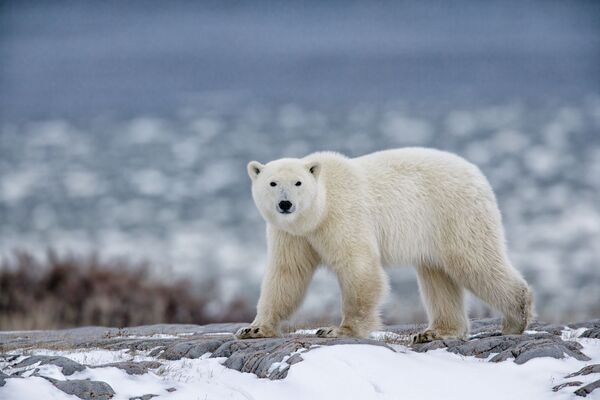
Polar bears are at the top of the Arctic food chain and have no natural enemies. They mainly prey on seals and are important predators that maintain the balance of the Arctic ecosystem. Adult polar bears can weigh 450-680 kg and be more than 2.5 meters long. They have sharp claws, powerful jaws, and their size and strength enable them to capture and subdue large prey. Polar bears are also excellent swimmers, able to swim in icy waters for long periods of time to track and catch prey.
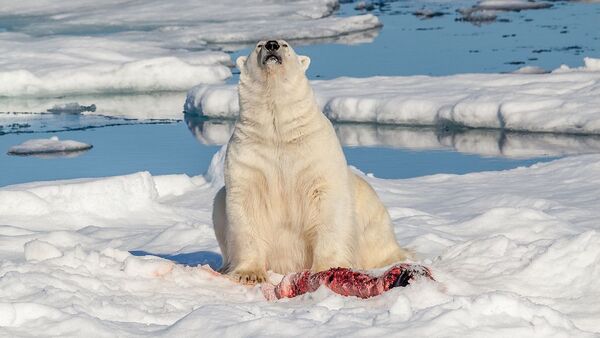
Although polar bears' main prey is seals, they may attack humans when food is scarce or threatened. Conflicts between humans and polar bears are relatively rare in the Arctic, but when they occur, they usually result in serious injuries or even death.
9. Cape Buffalo
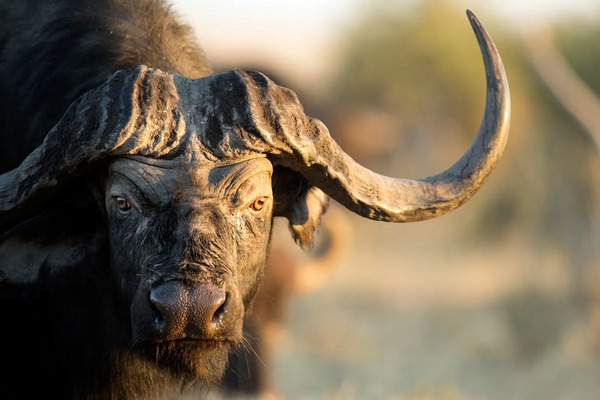
Cape buffalo, commonly known as Cape buffalo or African buffalo, are known for their huge size, great strength and high defensiveness. Although they are herbivorous animals, their potential threat to other animals and humans has made them known as "animal killers". Adult Cape buffalo can weigh 500 to 900 kg, can be 2 to 3.4 meters long, and are about 1.0 to 1.7 meters tall at the shoulder. Males are generally larger and stronger than females. Cape buffalo are known for their highly defensive behavior, especially when threatened.
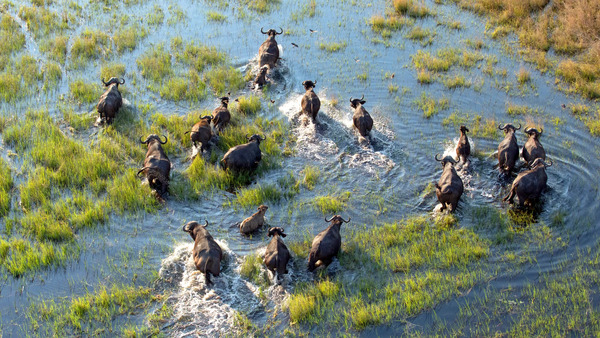
They will quickly gather in groups to form a solid defensive formation to fight back against predators and intruders. Cape buffalo are one of the animals that cause the most human deaths on the African savannah. Their attacks are often swift and deadly, especially when they are frightened or feel threatened.
10. Poison dart frog
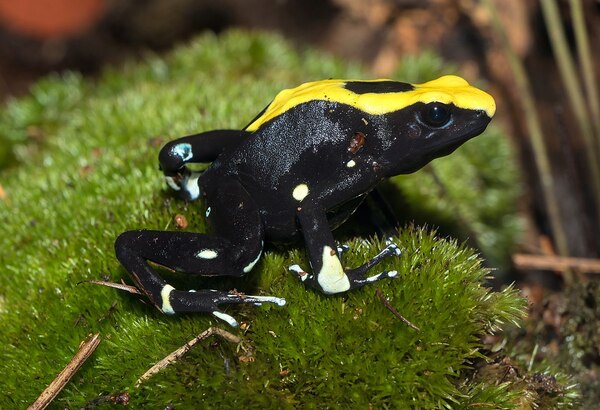
Poison dart frogs are called "animal killers" mainly because their skin secretions contain potent toxins, and even trace amounts of toxins are enough to cause poisoning symptoms. The toxins can affect the nervous system, causing muscle paralysis, irregular heartbeat, breathing difficulties, and even death. Although poison dart frogs will not actively attack humans, when handling or touching these frogs, the toxins can enter the human body through skin contact or wounds, causing toxic reactions.
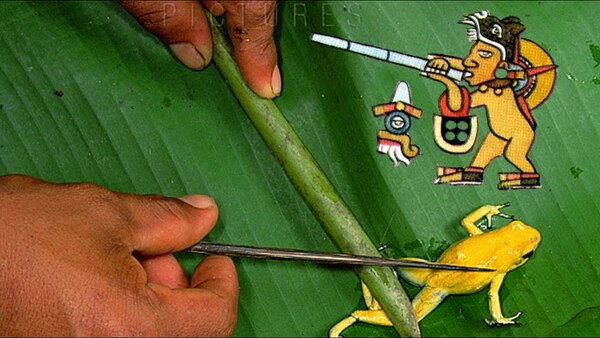
In some South American indigenous cultures, the toxins of poison dart frogs are used as arrow poison to hunt prey. The potency of the toxin makes this use an effective hunting tool.
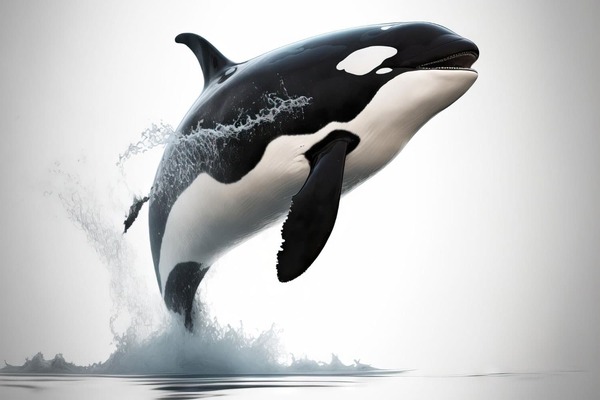
animal tags: